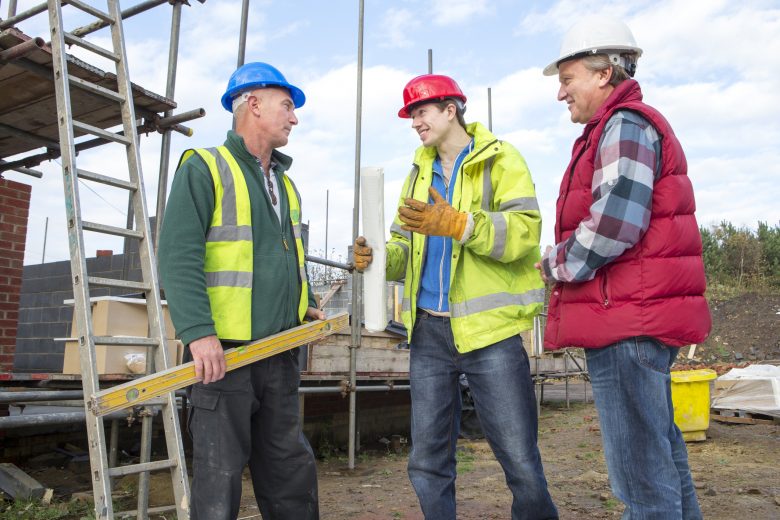When it comes to safety, people tend to be very confident in their own abilities. Many workers seem to think, “It can’t happen to me, so why should I pay attention to yet another health and safety training session?” But when faced with helping others be safe, their attention and attitude change. People are more willing to believe that injuries are likelier to happen to others and that their coworkers need help being safe. Fortunately, this concern for others can be leveraged into improving workplace safety for everyone.
Signs or posters reminding people that their actions can have an impact on others could yield positive results. Psychologist Adam Grant conducted a study in which doctors and nurses were reminded by a sign to wash their hands. In one case, the sign reminded them that hygiene would prevent them from catching diseases. In another, the sign noted that hygiene would prevent their patients from catching diseases. Doctors and nurses in the second case used almost 50% more soap or hand sanitizer. This certainly suggests that people are more likely to be responsible when they’re conscious of the fact that their actions affect the well-being of others. Signs can help drive that point home.
Encouragement can have a huge effect on employee behavior when it becomes part of the workplace culture. Positive reinforcement improves performance, so commending people when they’re safe could be an effective motivator and could even lead to the creation of positive role models in the workplace. In addition, encouraging workers to watch out for each other may not only improve overall safety in the workplace but could also strengthen staff morale. Encouragement doesn’t cost anything—it’s a cheap and effective tool in making your teams safer.
What-if exercises can help build employee participation in safety meetings and interest in each other’s well-being. For example, during a toolbox talk, a supervisor could ask, “What would you do if you saw your co-worker start using a motorized lift without wearing fall protection?” This would give employees the opportunity to consider what to do in such cases. Should such an event occur, they won’t have to think on the fly and will be more likely to respond appropriately. In addition, this type of exercise drives home the importance of looking out for each other’s safety. As a result, employees are encouraged to naturally look out for hazardous situations that put a coworker at risk of injury, creating a more effective safety culture.
One other benefit: keeping an eye out for other people’s safety will put safety and risk in the observer’s mind. When they see someone else doing something risky or dangerous, they instinctively compare that behavior to their own. For example, when someone notices another person texting while driving, this dangerous behavior might drive home the importance of road safety.
A workplace safety culture doesn’t automatically evolve out of a collection of policies because there is much more to safety than just compliance. It takes regular, proactive effort and not just consequential reactions to incidents of non-compliance.
In her studies of medical errors, Virginia Sharpe points out the important difference between “backward-looking accountability”, which is about finding the person responsible and assigning blame, and “forward-looking accountability”, which identifies changes that need to be made to avoid a similar situation in the future.
Punishment rarely results in a safer workplace, but building safe habits does. A safety culture that includes a healthy dose of forward-looking accountability helps employees learn from their mistakes and teaches them to bring safety issues to the attention of their superiors without fear of reprisal. And building positive relationships with employees means they will be more likely to give and listen to feedback, and more likely to want to be safe and look out for others.
People in the safety industry constantly think about ways to engage and motivate employees to be safer. If they encourage them to look out for their colleagues, the results—reduced risk levels, fewer injuries—will be something everyone is happy to see.

